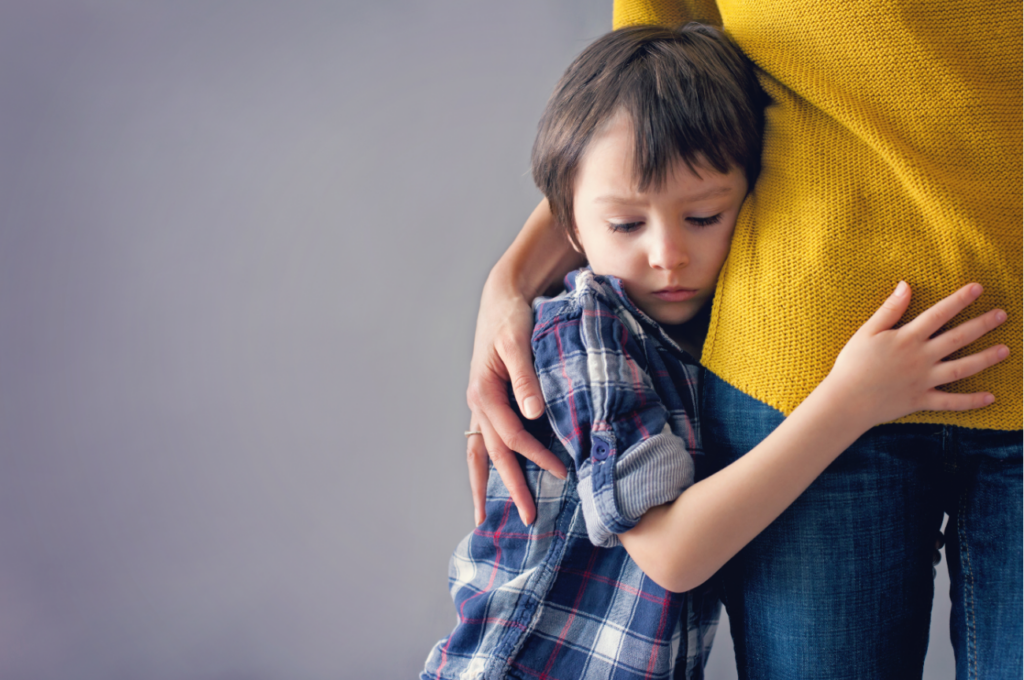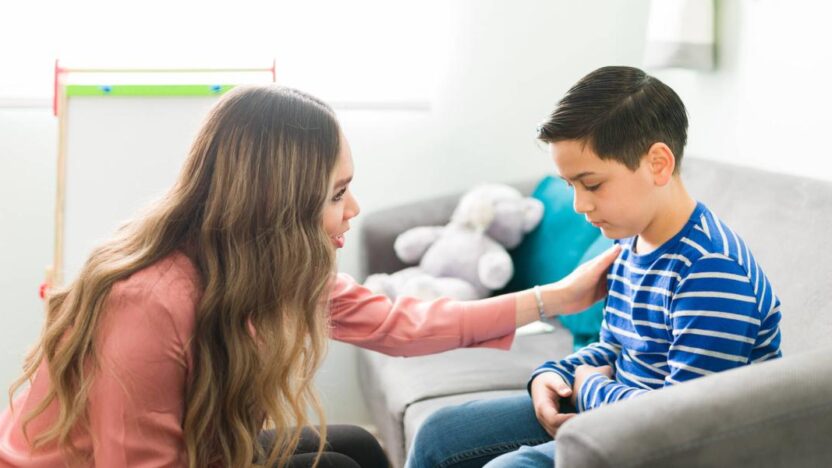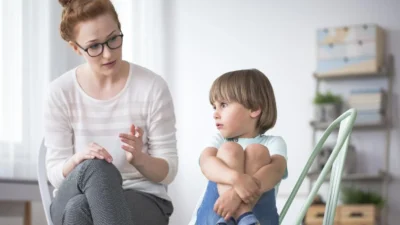
In today’s fast-paced and ever-changing world, children face unprecedented emotional challenges that can affect their overall well-being. Many parents, educators, and caregivers feel overwhelmed when trying to provide reliable mental health support for youngsters. This article explores effective ways to support children’s mental health by outlining practical strategies, expert advice, and resource recommendations. We delve into the basics of mental health for children, discuss methods to build emotional resilience, and explain how nurturing environments—both at home and in school—play a crucial role in a child’s development. By the end of this comprehensive guide, you will be equipped with actionable tips to create a nurturing environment that fosters robust mental and emotional growth.
Understanding the Basics of Children’s Mental Health
Children’s mental health forms the cornerstone of overall well-being, influencing how they think, feel, and act. It plays a crucial role in their ability to enjoy life, forge healthy relationships, and tackle challenges. Early intervention and a clear understanding are key factors in ensuring that children develop effective coping strategies to manage the complexities of emotional growth.
Recent research, including studies from 2023, emphasizes the importance of identifying early signs of mental health issues. Stress, anxiety, and depression can affect children as profoundly as adults. Professionals now advocate for integrating mental health awareness into early childhood education, supported by credible resources like the American Psychological Association and various pediatric studies.
It is essential to recognize that mental health exists on a spectrum. Distinguishing between normal developmental stress and clinically significant issues can be challenging. However, with professional guidance and proactive strategies, caregivers can build a strong mental foundation for children that endures into adolescence and beyond.
Strategies to Build Emotional Resilience

Building emotional resilience in children means developing their capacity to adapt to adversity and recover from difficult situations. This requires creating a supportive environment, fostering open communication, and teaching emotional regulation from an early age. Practical strategies—such as role-playing, mindfulness exercises, and regular conversations about feelings—are proven methods to strengthen resilience.
An important aspect of this process is transforming failures and setbacks into opportunities for growth. When children are encouraged to express their emotions and find creative outlets like art or music therapy, they become better equipped to manage stress. Research shows that empowered children develop improved coping mechanisms, benefiting them well into later stages of life.
It is important to remember that change takes time. Consistency and patience are crucial for nurturing mental strength. Regular practice of coping strategies, supported by family, educators, and mental health professionals, lays the foundation for a resilient mindset that will help children face future challenges confidently.
Mindfulness and Meditation for Kids
Mindfulness exercises help children center their thoughts and bring calm to their daily lives. Integrating short, guided meditation sessions into a routine teaches them the importance of living in the present and appreciating small victories.
Numerous online platforms now offer child-friendly meditation guides. These practices not only reduce anxiety, but they also improve attention spans, contributing to better academic and emotional outcomes.
Building Social Connections
Social interactions are essential to developing emotional resilience. Encouraging children to participate in group activities, team sports, or clubs helps improve their communication skills and fosters empathy.
Organizing peer-group discussions allows children to share experiences and learn that they are not alone in their feelings. This community-based approach helps destigmatize mental health topics and promotes a supportive network.

Role of Family and School in Mental Health Support
Family and school environments are fundamental in shaping a child’s mental health. A nurturing family provides trust and security, while schools play a significant role in monitoring and supporting emotional development. In 2023, there is an increased focus on integrating mental health care into school curricula, ensuring that everyone involved understands the importance of psychological well-being.
Parents are central to this effort by engaging in open conversations about emotions. Schools that implement comprehensive emotional health programs generally see improvements in performance and reductions in behavioral issues. The combined efforts at home and in school create a holistic support system for children.
Several case studies have demonstrated that when educators work closely with mental health professionals, early signs of distress are more easily identified and managed. Creating an environment where children feel comfortable seeking help is key to making mental health a priority in both family and school settings.
Dealing with Anxiety and Stress in Children

Anxiety and stress are increasingly prevalent among children today, often driven by the pressures of modern society. It is important to distinguish between normal fears and anxiety disorders that may require professional intervention. Practical tips for managing these feelings include maintaining regular routines, encouraging physical activity, and teaching simple breathing exercises.
In an age filled with digital distractions, children can quickly become overwhelmed. Parents and educators have a key role in regulating screen time and promoting outdoor activities that emphasize physical movement and face-to-face interactions. Research has consistently shown that a balanced lifestyle, paired with strong emotional support, greatly reduces anxiety levels in young individuals.
Additionally, workshops and therapy sessions tailored for children can be incredibly effective. Techniques like cognitive-behavioral therapy (CBT), adapted for younger audiences, help children understand and reframe their worries. Regular reinforcement of positive behaviors and validating their feelings are essential steps in reducing stress.
Practical Tips and Resources for Parents and Educators
For anyone looking to support children’s mental health effectively, having access to a repertoire of resources and practical tips is immensely valuable. This section offers actionable advice based on recent psychological studies from 2023. Whether you are a parent, teacher, or caregiver, these recommendations can be seamlessly integrated into your daily routines for lasting impact.
The first tip is to establish an environment that feels safe and predictable for children. Creating regular routines—such as fixed meal times, consistent bedtime rituals, and designated homework hours—help reduce uncertainty and provide a sense of control, which in turn minimizes anxiety.
Another vital strategy is to equip children with a ‘toolbox’ of coping skills. Incorporating activities like journaling, relaxation techniques, and engaging in hobbies can significantly enhance a child’s ability to tackle challenges with a positive outlook.

Resources and Tools
The internet offers a vast array of resources designed to support children’s mental health. Trusted websites, such as the National Alliance on Mental Illness (NAMI) and the Child Mind Institute, provide articles, interactive modules, and video content geared towards educating both children and adults.
Moreover, various mobile applications aimed at mindfulness and anxiety reduction are now available. Combining these digital tools with traditional methods can offer an innovative and effective approach, especially in our technology-driven society.
Tips for Educators
Educators often have a front-row seat to early signs of mental distress. Incorporating regular mindfulness sessions into the school day and using supportive, empathetic language can create a significant positive impact. Establishing small ‘emotion corners’ in the classroom for children to decompress is another excellent practice.
Schools that integrate mental health education into their curriculum report higher levels of student engagement and improved academic performance. Such initiatives underscore the benefits of early mental health awareness and the importance of practical intervention strategies.
Content Additional
As we delve deeper into the subject of children’s mental health, it becomes clear that there is much more to explore. One important area is the intersection between digital life and mental health. With the increasing presence of social media, children are exposed to various influences that can affect their self-esteem and emotional stability. Balancing online exposure with real-world interactions is essential for cultivating a healthy mental environment.
Recent studies suggest that excessive screen time might lead to problems such as sleep disturbances and reduced physical activity. It is therefore important for parents and educators to establish boundaries around digital usage and to promote offline activities that encourage engagement with nature, physical play, and face-to-face communication. A responsible and balanced digital routine can greatly benefit children.
Additionally, socio-cultural factors play a significant role in shaping perceptions of mental health in children. Community support programs, culturally sensitive counseling, and inclusive school policies are increasingly recognized as vital to bridging gaps in mental health accessibility. Policymakers, educators, and mental health professionals are calling for evidence-based interventions that take into account the diverse backgrounds of children, ensuring that every child receives the tailored support they need.
In conclusion, supporting children’s mental health is an essential investment in their future. A multifaceted approach that includes understanding their emotional needs, building resilience, engaging supportive family and school environments, and providing practical strategies for anxiety and stress can have long-lasting benefits. Together, we can build a community that prioritizes the mental wellbeing of the next generation. Remember, progress takes time and every small step counts. For further reading, consult the trusted resources and expert links mentioned throughout the article. Embrace these practices and help create a future where every child feels safe, supported, and valued.




